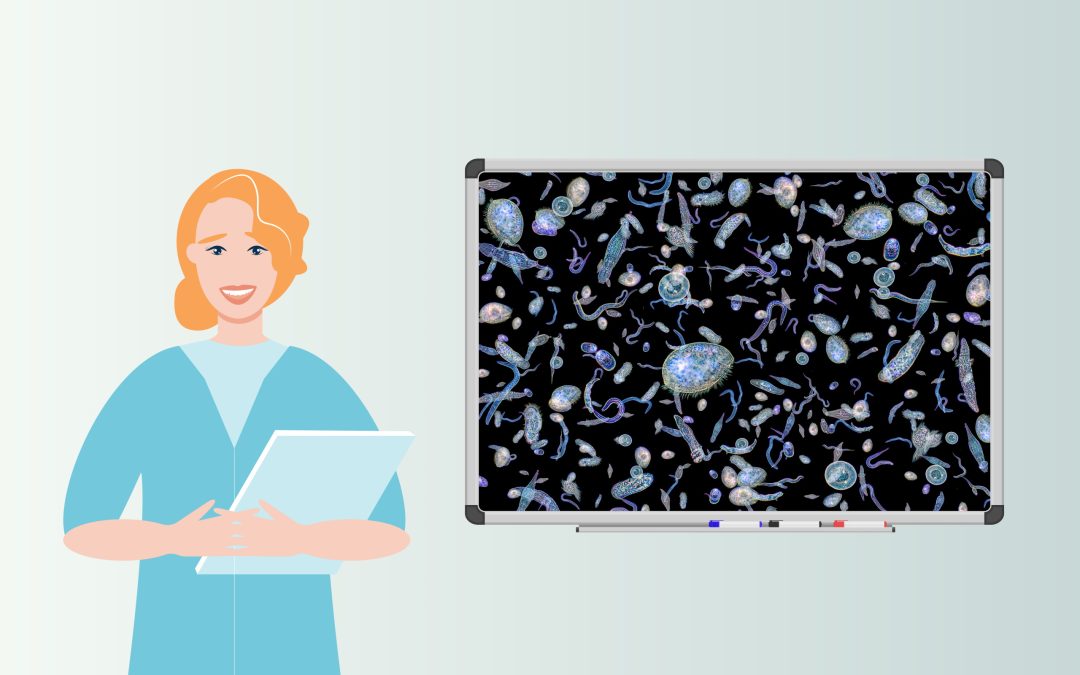
by admin | Apr 26, 2023 | biology animated, earth and environment animated, health and medicine animated, research animated
Our brain’s network structure consists of many interconnected regions, each containing billions of neurons. Many neurons within one region fire electrical signals at the same time, in synchrony, and even neurons across different regions may synchronise. These are known as synchronous clusters. The collective firing of neurons in synchronous clusters is believed to create brainwaves. Brainwave measurements of patients with epilepsy have shown that during seizures, there can be episodes of excessive synchrony. The mechanisms behind these episodes are not well understood.
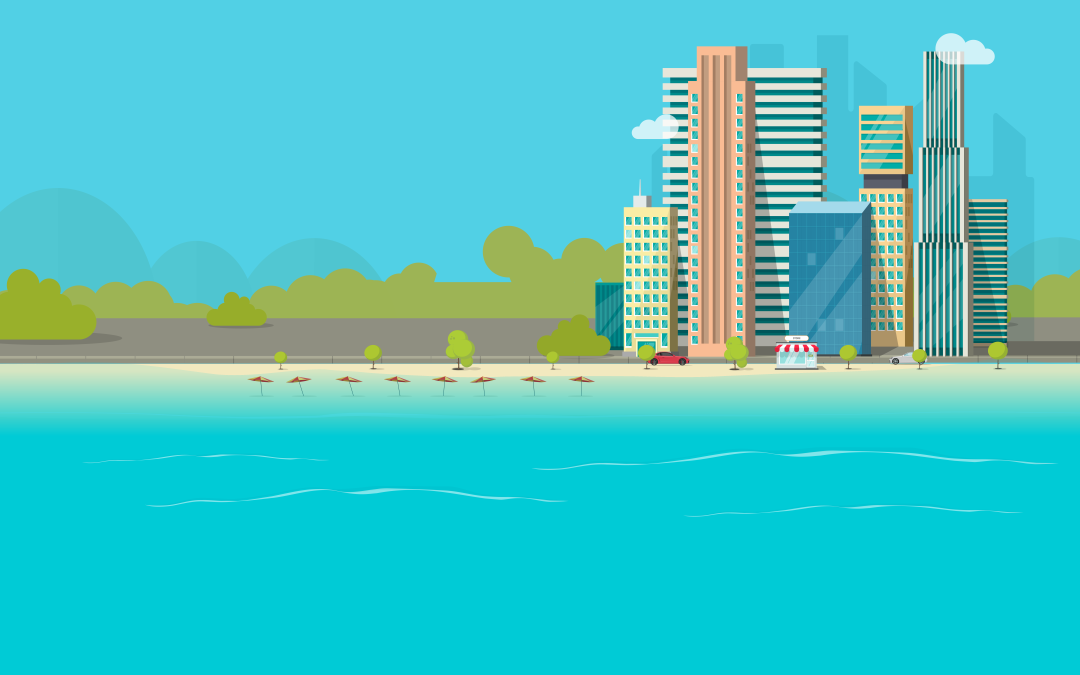
by admin | Mar 15, 2023 | earth and environment animated, research animated
For coastal communities, one of the most worrying effects of climate warming is rising sea levels. Even if we halt all greenhouse gas emissions today, the oceans are predicted to rise by more than half a metre by the end of the century, threatening coastal cities, including Manhattan, Vancouver, Lagos, Shanghai and Tokyo. In addition to displacing millions of humans, rising seas will alter natural coastal environments and ecosystems.
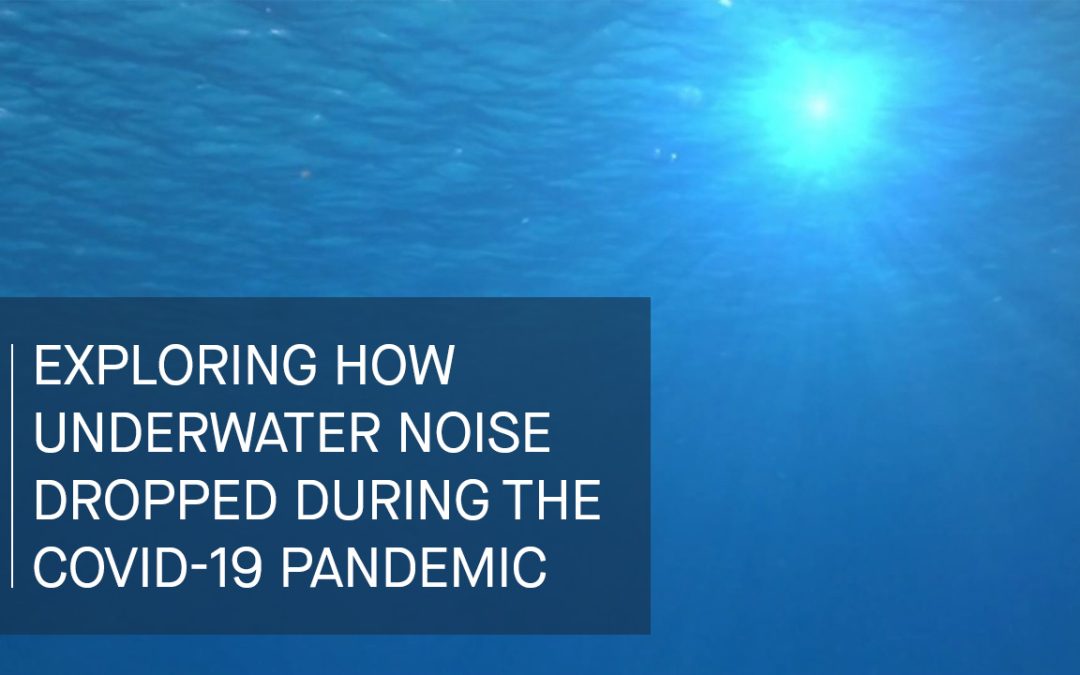
by admin | Jan 24, 2023 | earth and environment animated, research animated
Human activity slowed in 2020 due to the COVID-19 pandemic. Environmental researchers have taken this opportunity to investigate how ecosystems respond to a decrease in human-related stressors. One human-related stressor is shipping, which can impact ocean ecosystems by creating intense underwater sounds. Fritjof Basan and his colleagues at the Federal Maritime and Hydrographic Agency of Germany set out to determine whether reduced shipping activity in 2020 significantly affected the underwater soundscape.
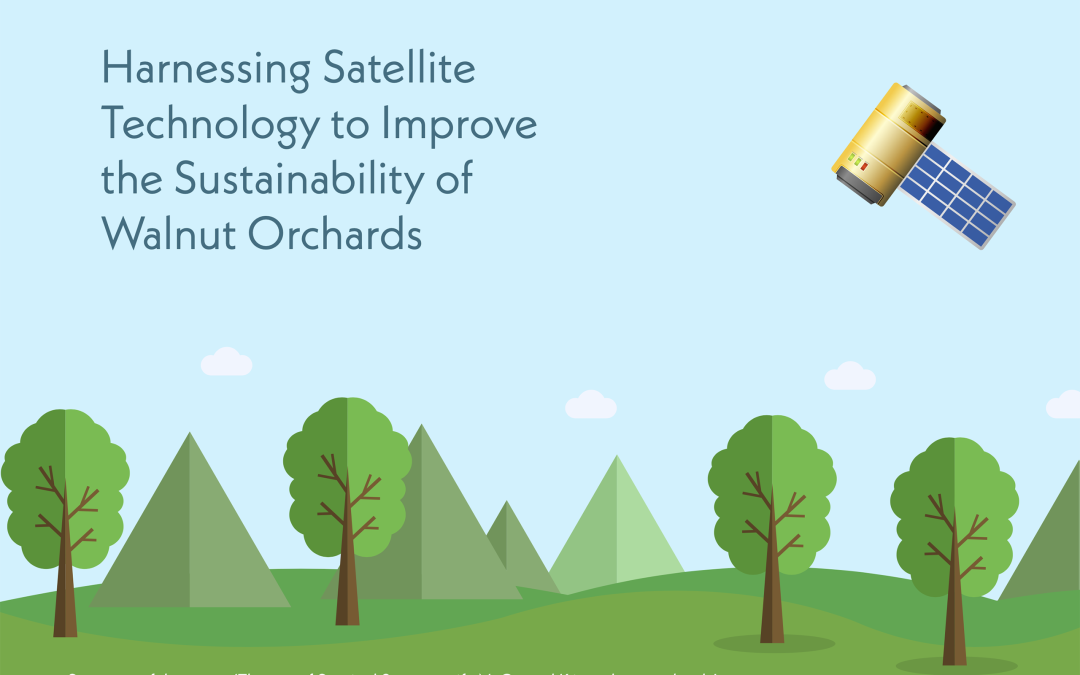
by admin | Jan 23, 2023 | earth and environment animated, research animated
Walnuts are one of the most nutritionally dense foods on the planet, and could play a large role in achieving global food security. However, in non-organic walnut orchards, chemical fertilisers are typically applied to boost nut yields. When excessive amounts of these chemicals are applied, they can leach into the surrounding environment, damaging local ecosystems. To ensure that correct amounts of fertilisers are applied to walnut orchards, leaf samples are often analysed beforehand, but analysing enough leaf samples is time consuming and expensive. Now, Dr Ana Elisa Rato, Dr Adélia Sousa and their colleagues at MED Institute in the University of Évora have developed an inexpensive approach to assess nutrient levels in walnut orchards, by harnessing the power of satellite technology.

by admin | Dec 7, 2022 | earth and environment animated, health and medicine animated, research animated
Dr Alvin Orbaek White and his colleagues at the Energy Safety Research Institute, based at Swansea University, have shown that chemically recycling discarded face masks to create carbon nanotubes may provide a valuable resource as well as tackle the environmental issue of waste.
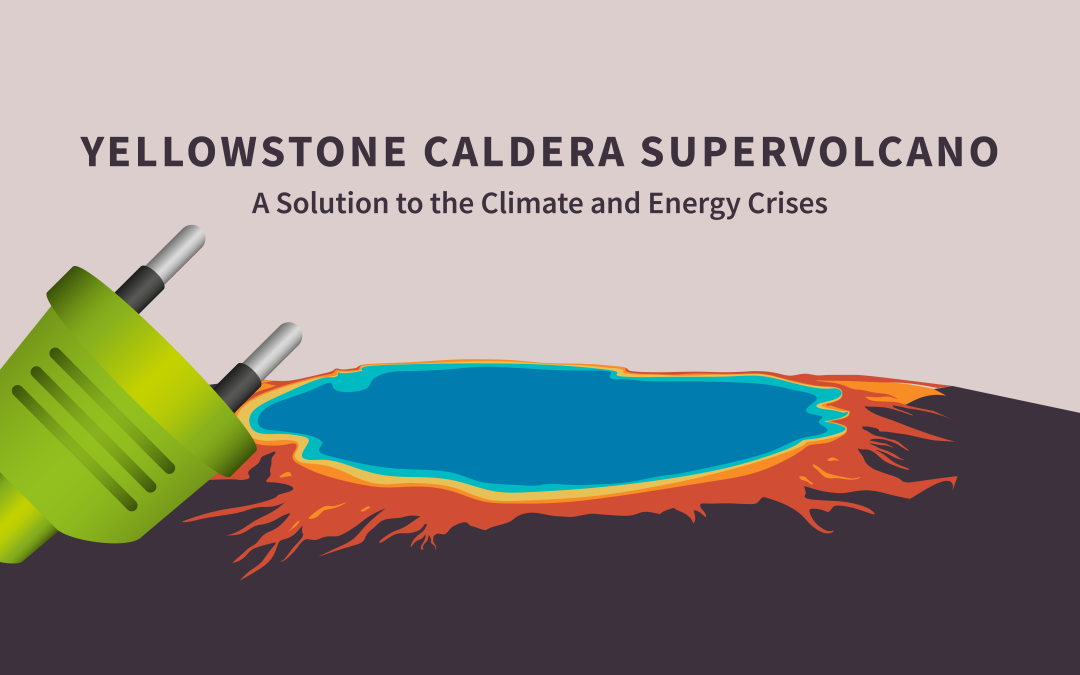
by admin | Dec 5, 2022 | earth and environment animated, engineering and tech animated, research animated
Researchers Dr Thomas Arciuolo and Dr Miad Faezipour propose harnessing the mighty energy reserve within the Yellowstone Supervolcano to generate clean, emission-free power – turning the Yellowstone curse into an immense blessing.






